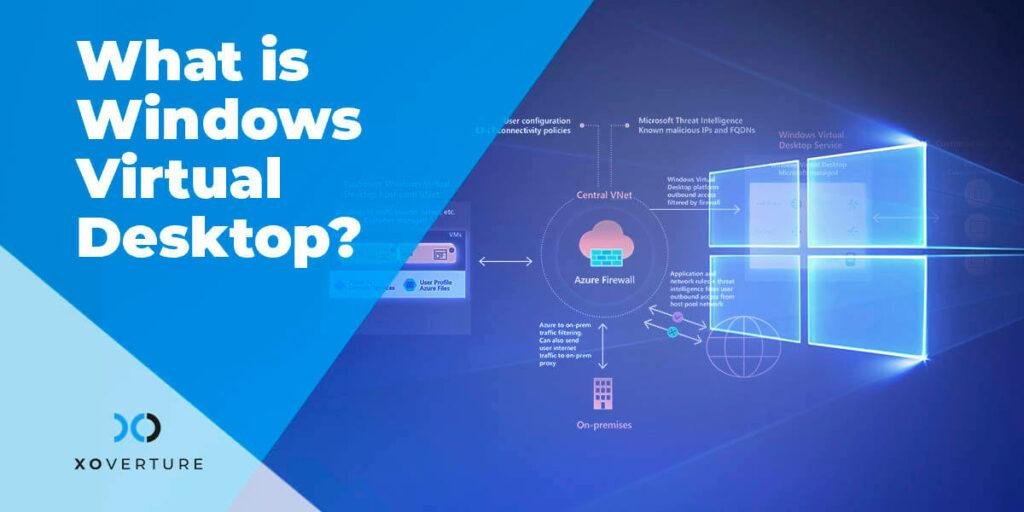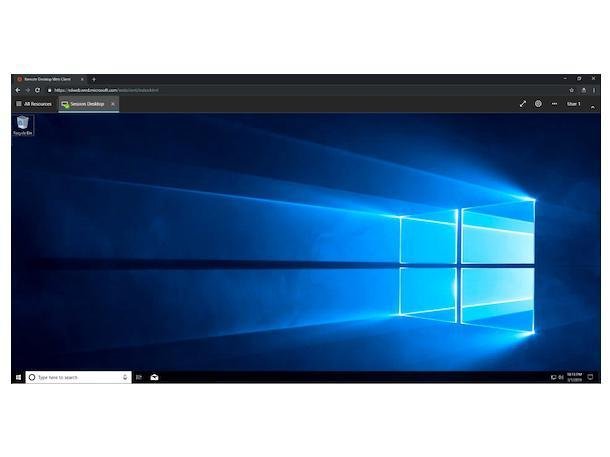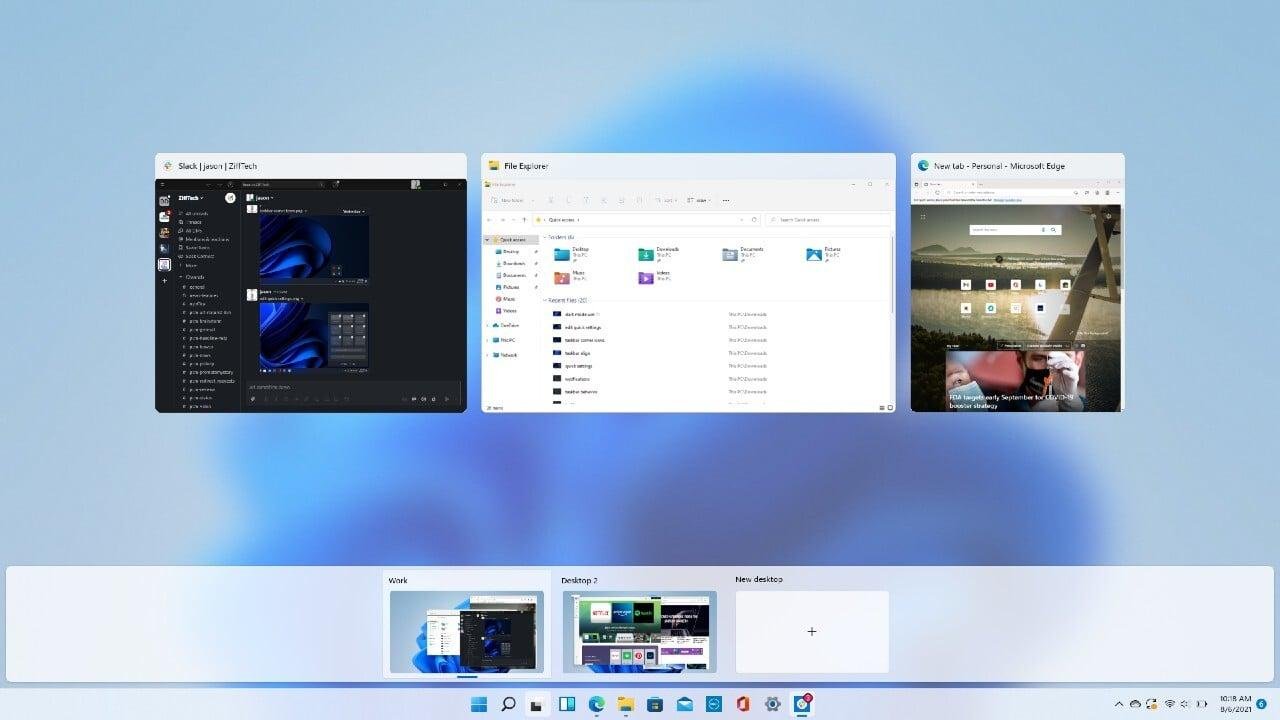In today’s rapidly evolving technological landscape,the ability to work remotely has become a lifeline for many organizations around the globe. With the rise of remote work,especially fueled by the challenges posed by the COVID-19 pandemic,businesses have had to adapt quickly to ensure their operations continue smoothly. Enter Windows Virtual Desktop (WVD) – a powerful solution that allows users to securely access their workspaces from virtually anywhere, leveraging the expansive capabilities of Microsoft Azure. In a recent episode of Azure Friday, host Scott Hanselman engaged with Christiaan Brinkhoff to delve into this transformative tool, exploring its architecture, functionality, and the essential role it plays in enabling efficient remote work. This blog post will unpack the key insights from their discussion, highlighting how Windows Virtual Desktop is not just a temporary fix, but a cornerstone of modern workplace versatility, ensuring that employees remain connected and productive, regardless of their location. Join us as we explore the innovative features of WVD and its potential to redefine the future of work.
Understanding the Power of Windows Virtual Desktop in a Remote Work Environment

In the evolving landscape of remote work, Windows Virtual Desktop (WVD) has emerged as a transformative tool, enabling organizations to provide their employees with secure access to their work environments from anywhere across the globe. Leveraging Azure’s extensive infrastructure ensures that users enjoy a seamless experiance, regardless of their physical location. This has become increasingly crucial as many businesses are adapting to remote work models, particularly in response to the challenges presented by the COVID-19 pandemic. With WVD, companies can implement efficient strategies for remote work, allowing employees to maintain productivity without the need for physical desktops.
What sets Windows Virtual Desktop apart from typical virtual machines is its enterprise-ready architecture that offers robust features like load balancing, multi-session capabilities, and centralized management. organizations can provision thousands of virtual desktops tailored to their needs, ensuring that employees have the resources they require at their fingertips. Additionally,WVD supports various endpoint operating systems,allowing users to connect securely from different devices such as Macs and tablets. This versatility empowers companies to respond swiftly to workforce changes,enhancing their agility and resilience in today’s fast-paced work environment.
Analyzing the Key Features that Set Windows Virtual Desktop Apart

Windows Virtual Desktop is revolutionizing the way businesses operate, especially in our current environment that demands flexibility and remote access. **One of its standout features is its ability to offer a secure workspace accessible from anywhere in the world**. Leveraging Azure’s global infrastructure, users experience consistent performance and reliability, whether they are accessing their virtual desktops from a bustling city or a remote location. This ease of access is vital for many companies grappling with the challenges of remote work, particularly in the wake of the COVID-19 pandemic that accelerated the necessity for effective remote solutions.
Another critical advantage of Windows Virtual Desktop is its enterprise-ready design.**With comprehensive components like load balancing and resource sharing,businesses can efficiently scale operations** to accommodate fluctuating needs. Unlike traditional virtual machine setups where individual machines may lack the capabilities for shared sessions, Windows Virtual Desktop empowers multiple users to work concurrently on a single operating system via its Windows 10 multi-session feature. This not only provides cost savings by optimizing resource usage but also simplifies management, allowing IT departments to provision thousands of virtual machines as needed. Such scalability and control are essential for organizations adapting to a rapidly changing work environment.
Implementing Windows Virtual Desktop: Best Practices for Businesses

Implementing Windows Virtual Desktop can significantly enhance productivity and operational efficiency for businesses, especially in today’s fast-paced remote work environment. By leveraging Azure’s expansive infrastructure, organizations can provide their employees with secure access to their workspaces from any location. This flexibility not only meets the rising demand for remote work solutions but also ensures that businesses remain resilient in the face of disruptions,such as the recent global pandemic. **Key benefits of Windows Virtual desktop include**:
- seamless user experience across multiple devices.
- Enhanced security features protecting sensitive company data.
- Scalability to adapt to changing organizational needs.
For businesses considering this transition,it’s crucial to adopt best practices that align with their unique needs. Understanding the architecture of Windows virtual Desktop is vital, as it differentiates itself from traditional virtual machine setups by offering a comprehensive control plane that suits enterprise requirements. This includes essential functionalities like management, diagnostics, load balancing, and remote access, which bolster resource-sharing capabilities. To optimize deployment, businesses should assess their existing infrastructure, ensure proper training for IT staff, and implement user feedback mechanisms to continually refine the remote work experience.
Maximizing user Experience and Security with Windows Virtual Desktop Solutions

Windows Virtual Desktop (WVD) is revolutionizing the way organizations approach remote work by providing a secure and efficient means to access workspaces from anywhere in the world. This solution leverages Azure’s global infrastructure, ensuring that users receive a seamless experience regardless of their location.With the increasing demand for remote work solutions, especially considering recent global events, WVD has become an essential toolkit for businesses looking to enable their employees to work from home without sacrificing performance or security. Key benefits of WVD include:
- Scalability: Easily provision thousands of virtual machines to accommodate fluctuating demands.
- Multi-session Windows 10: Share resources among multiple users while maintaining a distinct environment.
- cross-platform access: Connect from various operating systems, enhancing flexibility for users.
Moreover, the architecture of Windows Virtual Desktop sets it apart from traditional virtual machines. Unlike conventional setups, WVD features a robust control plane that manages roles such as load balancing and diagnostics, providing an enterprise-ready solution that enhances productivity. The ability to manage remote desktop experiences centrally allows IT departments to maintain control, improve security protocols, and streamline operations. As organizations navigate the complexities of a remote work environment, WVD offers not just functionality but a strategic advantage that can lead to improved employee satisfaction and operational efficiency.
Closing Remarks
the discussion surrounding Windows Virtual Desktop highlights its transformative role in today’s remote work landscape. As Scott Hanselman and Christiaan Brinkhoff explored, this powerful service is not just a solution for accessing virtual machines; it’s a lifeline for companies navigating the challenges posed by abrupt shifts to remote work due to circumstances like the COVID-19 pandemic. With its enterprise-ready features, such as load balancing and multi-session capabilities, Windows virtual Desktop sets itself apart from traditional virtual machines, offering organizations a robust framework to securely manage and scale their workforce. As we move forward, the importance of cloud solutions like this cannot be overstated. they enable not only seamless transitions to remote working environments but also foster innovation and flexibility in how businesses operate. If your association hasn’t yet embraced such technologies, now might potentially be the perfect time to consider how Windows Virtual Desktop could enhance your productivity and operational resilience. thank you for joining us in exploring this vital topic-stay tuned for more insights on how technology continues to shape our work lives!
